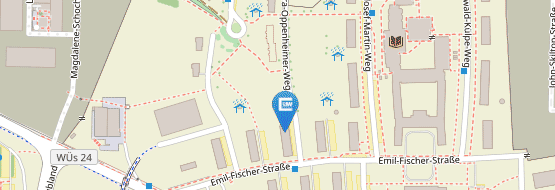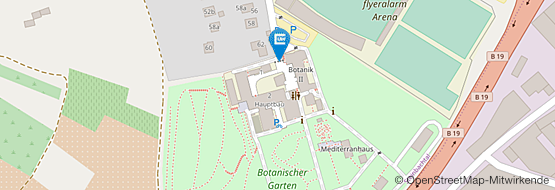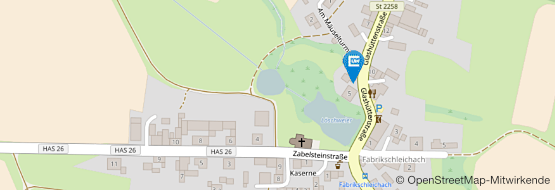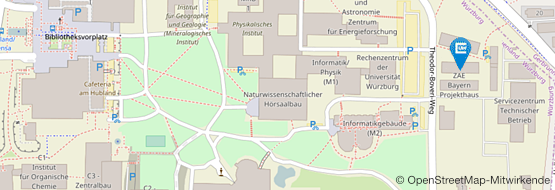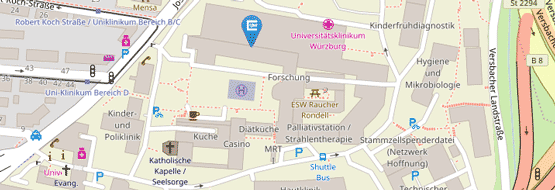Integrative analysis of peroxisome deficiency in yeast
03/03/2025What happens in cells when peroxisomes are missing? This study by Hirak Das sheds light on the far-reaching consequences of the loss of these essential cell organelles - with the help of state-of-the-art omics technologies.
Peroxisomes are far more than just metabolic stations - they take on central functions in signalling pathways, stress responses and even antiviral defence. In our current study, we used quantitative proteomics, transcriptomics and fleuorescence microscopy to investigate the cellular changes caused by the loss of peroxisomes. To this end, we compared wild-type yeast cells (Saccharomyces cerevisiae) with pex3 mutants that completely lack peroxisomes.
A particular focus was on the growth of the cells on acetate - a carbon carrier that is dependent on peroxisomal enzymes but does not suppress their expression. Our analyses showed that the absence of peroxisomes triggers different reactions at the transcript and protein level. While genes and proteins of peroxisomal β-oxidation were increasingly expressed in pex3 cells, a selective regulation of peroxins at the protein level was shown. In particular, membrane-bound peroxins decreased, while soluble receptors such as Pex5 and Pex7 were increased.
Surprisingly, we also discovered changes in non-peroxisomal proteins, such as mitochondrial components involved in respiration and protein import. This led to the identification of the mitochondrial pyruvate transporter Mpc1/3 as a previously unknown component of the peroxisome membrane.
The proteomics data, generated with great expertise by our team member Hirak Das, provided key insights into these complex cellular reactions and contributed significantly to the depth of the study.
This work provides a valuable resource for further investigations into the role of peroxisomes and illustrates how strongly cell functions are influenced by their absence.








